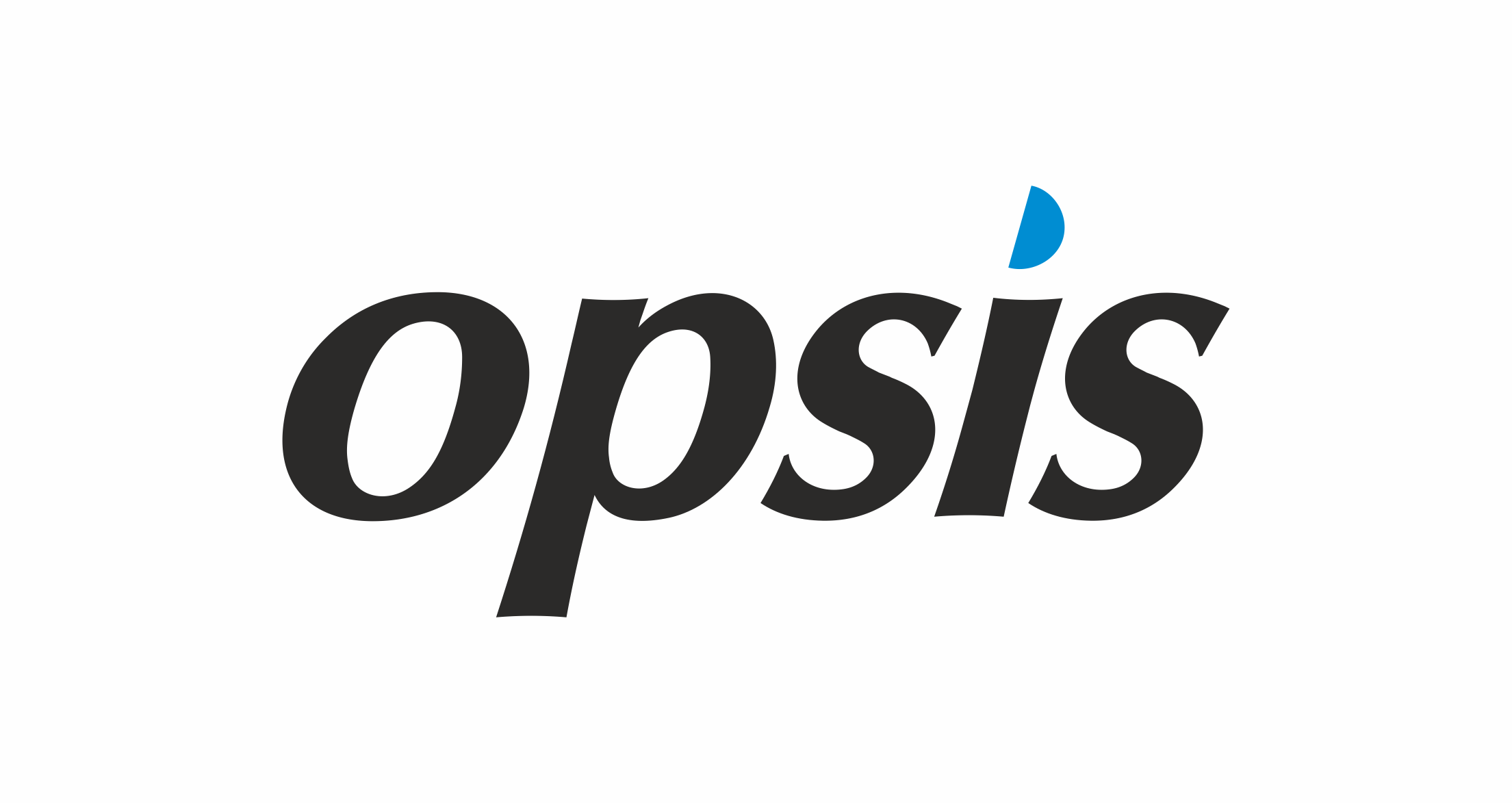
01
Coliance’s main purpose from the outset was to bring together a wealth of expertise to solve File Transfer
02
The arrival of COVID-19 marked a poignant moment for companies all over the world.
03
In our technology corner, we select the most common issues encountered within the IBM user community and source the best answer links to help you find a solution.
04
Coliance homes in on recent developments and discussions in our industry
05
Business Solutions are ultimately run-on specialised software that can streamline your business's operations to achieve more visibility and productivity.
This Month Coliance is celebrating their 20th anniversary since formation
Coliance’s main purpose from the outset was to bring together a wealth of expertise to solve File Transfer and Electronic Data Interchange (EDI) problems for our supply chain and finance clients, particularly in the IBM Sterling brand. Since then, we have advanced to a place where our customers now rely on us to resolve a multitude of integration problems from Managed File Transfer to EDI or API based issues.
“In our 20-year history, we have designed and developed a number of services and solutions that make our customer’s lives easier and more profitable”
Ian Wells – Chairman and co-founder of Coliance
In line with our ongoing achievements and our vision to keep improving the services we provide to our customers; we have introduced this quarterly newsletter which will show case a mixture of:
Firstly let’s reflect on the achievements that we are most proud of this quarter:
“Coliance continues to solve our clients’ challenges with innovative design, ongoing improvement and practical solutions that cater to all their needs”.
Chris Thorpe - Technical Director
02
How has the pandemic shifted the way organisations manage their supply chains?
The arrival of COVID-19 marked a poignant moment for companies all over the world. With the resulting mass lockdowns and tremendous shifts in consumer preferences, the pandemic quickly managed to exacerbate supply chain issues, bringing to light and magnifying an array of existing vulnerabilities that were previously going unnoticed.
Following the pandemic, supply chains all over the world have continued to face new pressures from what can only be described as a turbulent environment. From the Suez Canal Blockage to the Russia-Ukraine war, supply chains and their shortcomings have been placed under a giant magnifying glass. Significantly, these vulnerabilities have broader implications for most businesses. As a result, this increase in supply chain awareness has moved organisations to adjust their approaches to supply chain management.
Building upon this, the following article will explore how the pandemic has shifted the way organisations manage their supply chains.
In order to prepare for the unpredictable, companies require greater visibility into their supply chains. Visibility is of particular importance because approximately 92% of leaders affirm that supply chain visibility is conducive to corporate success. Here, visibility is defined as establishing interconnected internal data that allows organisations to monitor production from all stages within the supply chain.
Today, many organisations have already started actively looking at how they can adjust their current supply chain strategy to meet these demands. At the heart of many of these strategies, is the utilisation of technological tools designed specifically to address these issues. A prime example of how technology can be used as a strategic supply chain management tool can be seen in the likes of Coliance.
Possessing over two decades of experience in working with supply chains, the company has an array of technical experts that solve complex supply chain management problems on a daily basis. Utilising their future-ready and scalable solutions, Coliance works to ensure that organisations can better prepare their supply chains for the demands of a post-covid world.
03
Tech Corner – Ensuring SOFTware doesn’t become HARDwork
In our technology corner, we select the most common issues encountered within the IBM user community and source the best answer links to help you find a solution. If you are facing similar issues and need further guidance and assistance, contact us – we are happy to help.
View the discussion with technical experts.
04
From the world of business
Will Supply Chain problems continue?
An opinion by Institute for Govt.
There are a range of disrupting factors currently being experienced in the supply chain.
Digital transformation can turn sustainability into your winning business strategy
Are we taking sustainability serious enough? Can digital business transformation aid in sustainable transformation?
Flexport Is Silicon Valley’s Solution to the Supply Chain Mess
Everybody is talking about how “supply cannot keep up” yet Flexport who own no trains, planes, or ships have become the fastest-growing
05
Helping your IT department untangle the business spaghetti

Business Solutions are ultimately run-on specialised software that can streamline your business’s operations to achieve more visibility and productivity. However, you must first “untangle the spaghetti” to find the best business solution that suits your organisation. This process is daunting, because connecting all your company’s needs and defining the correct workflow is filled with complexity.
As a quick example, your Purchasing system may run using security gateways, messaging systems, an Enterprise Service Bus (ESB), an API Manager etc. Overlaying each individual piece of software is a layer of configuration that makes up the runtime for each specific business solution. i.e., security gateway policies, messaging systems queues, Enterprise Service Bus Flows, etc.
When viewed like this, we can see that business solutions take ‘paths’ through ‘systems’. These paths are complex and vary depending on the business problem being solved.
Sometimes, however, this is unattainable with your IT team kept busy monitoring whether machines are running, or if the software installed is operational. They spend much of their time examining individual artifacts on these systems, as well as the queues and the flows. Chances are, they will not have an unobstructed view of those complex paths that the business solution uses through individual systems.
Our business monitoring solution OPSIS was written from the ground up to tackle this problem from the perspective of putting your business first.
OPSIS provides a business view primarily, allowing decisions to be based on the business first, not the infrastructure that runs it. We map out your company’s problem areas and examine your workflow to ensure that the software meets your individual requirements.
The above figure, for example, shows a typical ordering process. OPSIS reaches into the spaghetti that is the running solution and extracts the vital strands that are necessary to clearly show the business at hand and not the tangled maze underlying it.
Further analysis and deeper insight will provide the USER with the capability to fix ‘message specific issues.’
The above view shows the USER a particular order that has not been invoiced. The USER can therefore correct errors that are caused by corrupted or inaccurate orders without taking valuable time away from the IT team. Even if they have spare time, IT teams might not understand the complexity of the problem and will therefore not offer a viable solution for the subtle fixes required.
“Where is my customer’s order?” for example, is easily answered. It allows your organisation to engage and produce a solution in real time. In addition, OPSIS offers a secure business partner portal which allows your partners to ask the same or more detailed questions such as “What stage is my order at?” or “Has my order been dispatched?”
This portal enables business partners to get real-time information on their orders without taking up the time of the business agents at all.
Coliance has witnessed this process saving IT departments many issue solving hours that could be utilised to create new solutions and drive the business forward.

Coliance © 2023 All rights reserved